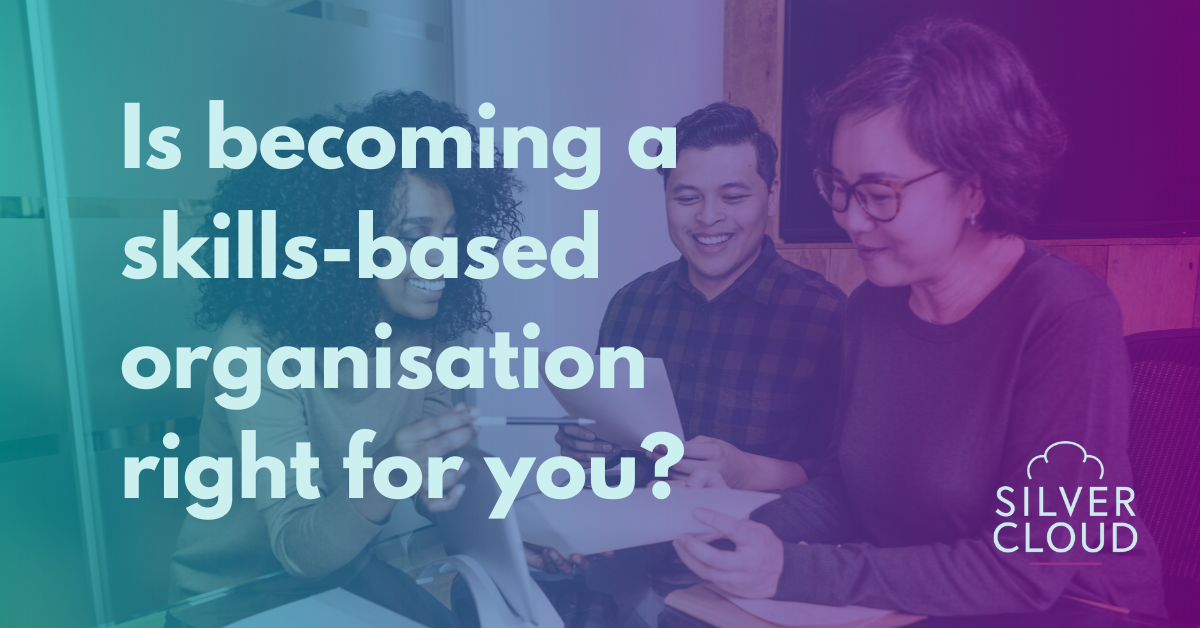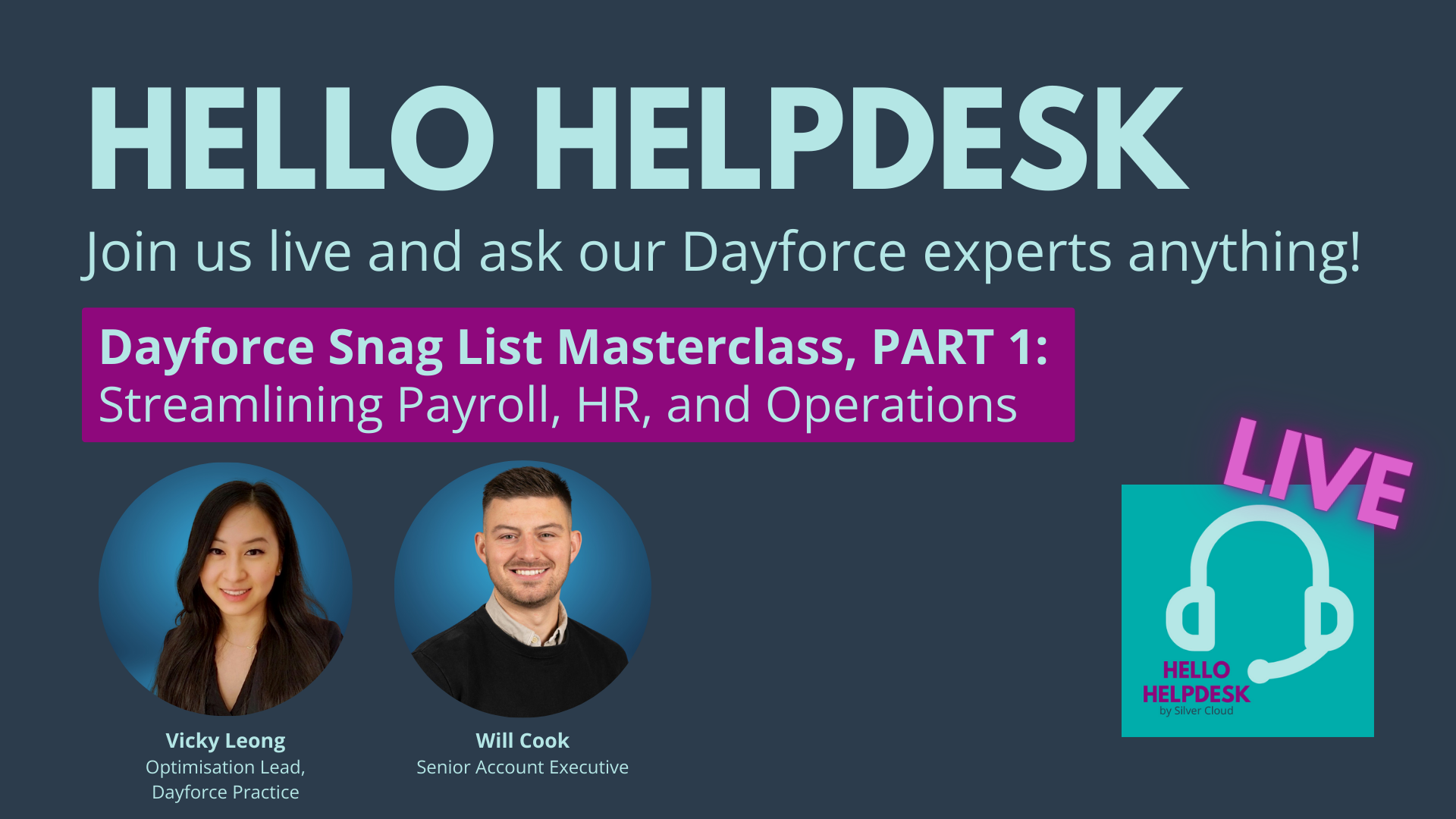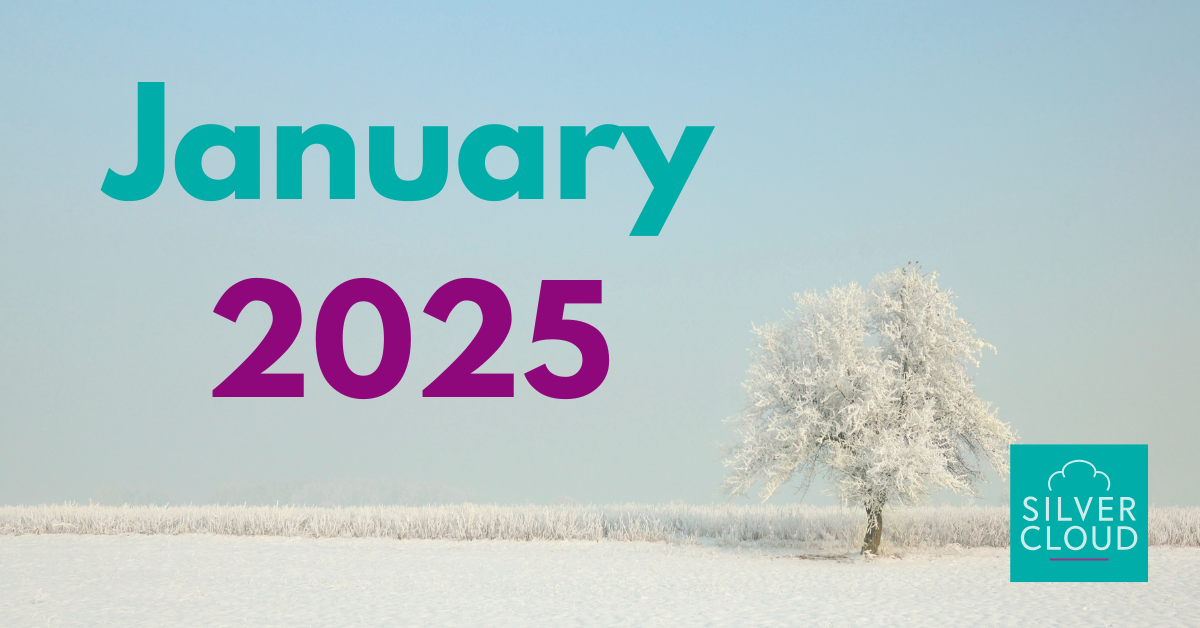7 HR technology trends you can't miss in 2025
by SJ Hood

2024 is on its way out which means forward-thinking HR leaders like you are looking ahead to the future. It’s time to start thinking about what your team will need to drive impact in the coming year. A great way to do that is to look at the top 2025 HR technology trends we expect to see making a splash.
While you don’t have to (or want to) follow all the trends in your approach to HR, it is important to know what is happening in the wider market. Not only can that better prepare you for what’s coming in terms of tech, but it also gives you a peek into the strategies that major organisations will be embracing in the near future.
Here are the top 2025 HR technology trends:
AI, AI, AI!
Artificial intelligence is everywhere and you’re probably tired of hearing about it by now. But there’s no denying that it is having a major impact on people tech going forward. AI is driving change in all areas of work and HR is no exception. From chatbots and assistants to deep analytics, we’re seeing a huge upswing in both vendors creating AI capability and businesses looking to incorporate it.
There is a lot of confusion and apprehension about AI, even now that we’re a couple years into generative AI becoming a part our daily vocabulary. But even with that haze around it, progressive businesses are embracing AI with open arms. What that looks like, however, varies greatly from organisation to organisation.
For many, the first foray into AI is through in-platform AI assistants, like Dayforce’s Copilot. These assistants automate those mundane repetitive tasks you have in HR and free up your time. But they also make navigating important HR data and documents easy and intuitive for your employees. Using these to enhance self-service capabilities is a great way to start.
Beyond that though, is the potential AI has for providing deeper insights into your business. AI has much greater capability for processing the huge amounts of data that our businesses generate today. Now you can use your HR systems to pull all of that data together, acting as the single source of truth for your people data, and use AI to analyse both the existing, historical data and give you predictive insights.
Some additional things to think about are making sure you have an AI usage policy in place, educating everyone in your business about the ethical use of AI and integrating AI tools and data from across the business.
Employee experience is on the rise
Employee experience is trending, and for good reason. UK firms are struggling to hire, so reducing turnover is critical. As the focus toward employee experience continues, it will be more important than ever for HR leaders to consider all the ways they can reduce friction and add more value. HRs all over the country are looking for ways to keep their employees engaged and loyal. But benefits and perks are only the tip of the iceberg.
Businesses are turning to tech to help streamline the employee experience. Whether that’s through what we’ve seen happening with AI or by giving HR teams more time back to be more hands-on and employee focused.
Learn more: Join us on November 28th as we talk with HiBob about Employees as Customers – Redefining the Workplace Experience.
Tech partnerships and integrations are in
In the coming year, we’ll see more organisations working with a more rounded approach to people technology. For some time now, clients have been hesitant to extend their software search beyond a primary piece of tech, like their HRIS. We’re starting to see some clients who want more of their HR tech stack working together and integrating. Doing things this way can give the organisations more flexibility and avoid changing their system wholesale for a new feature or capability. The key to this is having (or creating) the right integrations between systems, which may require additional help.
Because this approach can become more costly, the increase we see in this suggests that businesses are stabilising and budgets are starting to open back up for HR tech projects.
Find out more: Talk to us about integrations services
Getting buy-in will be harder
There is greater buy in required from senior leaders, with HR leaders having to jump over bigger hoops to get budget sign off to move to a new provider. Although we’re seeing early signs that financial resources are starting to be available again, gaining access to them is likely to get trickier as more departments compete for funding.
That means people teams will need to put a strong case together when proposing new projects to their stakeholders. If you want to really make an impact with your business case, be sure to use the latest tips, best practice and a good template.
Learn more: Build an Unbeatable Business Case for Your HR Tech [+ free template]
Big names enter mid-market
Many of the big players in the HR tech landscape are looking to address more of the mid-market opportunities rather than solely seeking enterprise clients. Some vendors like MHR (PeopleFirst, iTrent) and Elementsuite (everyday) are even creating multiple offerings to compete in the middle of the market.
This trend is likely to continue as the mid-market becomes more interested in advanced HRIS systems. While this could be a good thing for mid-market buyers, it does make it more difficult for challenger brands to present new concepts to the landscape.
Want to keep up to date with changes to the industry? Sign up for our Movers and Shakers newsletter! We send monthly updates about what’s happening in the vendor landscape.
Supporting skills-based organisations
People have been talking about skills-based organisations for the past few years. What does that mean? A skills-based organisation is one that focuses on matching skills and competencies to the tasks and projects that make up a role. Rather than having a typical role-based approach to talent management, instead work is allocated by a commitment to a certain problem, outcome or value-creation. It’s a radical new approach to talent. And it can’t be done without technology.
Because of the vast amount of data required to create an effective skills matrix of your organisation, you’d need the support of software than can manage that much data. The growth of AI and reach of HRISs means that more organisations will find this method within reach.
The capability gap is closing
Once, there was great disparity between what each system was capable of. However, as the technology grows, that gap is shrinking. Now we’re seeing solutions that, once upon a time, could barely do the job, going toe-to-toe with big names. And sometimes winning. In 2025, finding the right software is going to be less about ‘Can it do the job?’ and more about ‘Does it do the job in a way that works best for us?’ Which makes finding the right tech that much tricker.
Want help finding the right people tech for your business? Talk to us about our Selection support services and see how we can help you get exactly the right tech first time.
2025 is going to be an interesting time in the world of people and HR tech. The market is shifting significantly, new advancements in AI are constantly being released and the features that companies have focused on in the past are changing. Will you and your team be ready?



